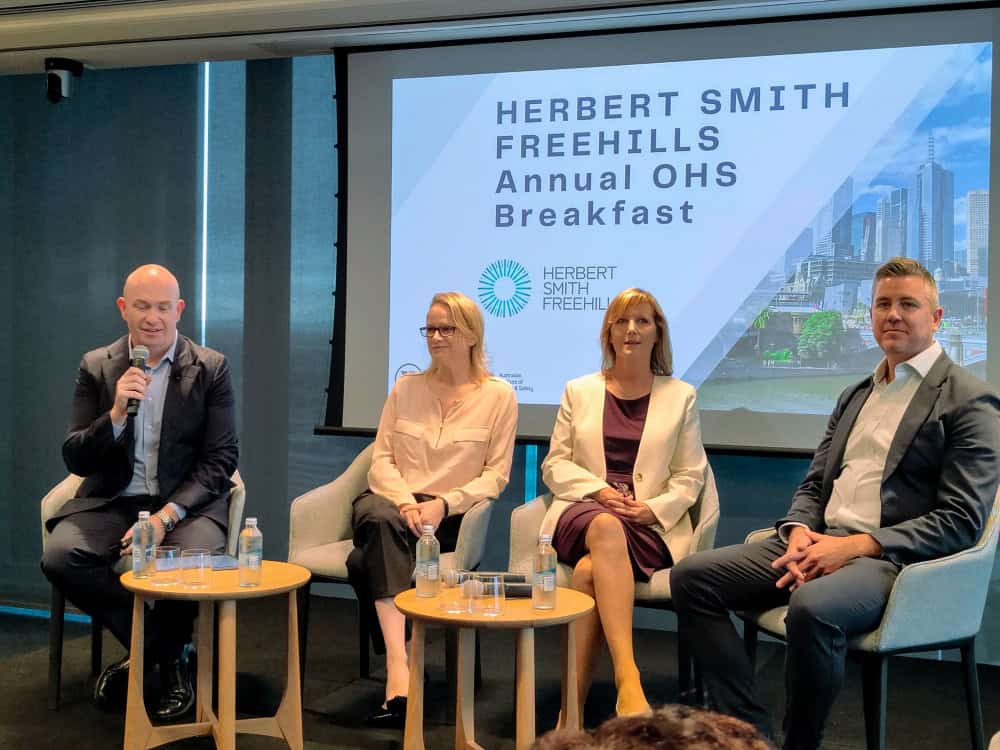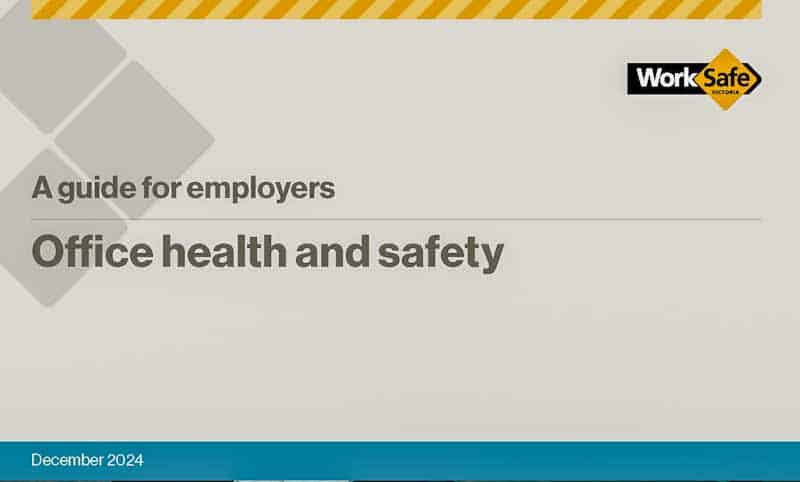LinkedIn is becoming similar to Facebook in some ways, but it still provides excellent interpretations of occupational health and safety (OHS) laws and important social perspectives. Below are two such posts, reproduced with permission from the authors Richard Coleman and David Burroughs. (I have asked Richard to write some articles exclusively for SafetyAtWorkBlog)
Category: business
OHS breakfast seminar without WorkSafe Victoria
The latest annual occupational health and safety (OHS) breakfast seminar by the Australian Institute of Health and Safety tried a different format with mixed success. These seminars have run almost continuously at the offices of Herbert Smith Freehills for a couple of decades, and perhaps a refresh was required, but there was one noticeable absence – Victoria’s OHS regulator, WorkSafe.
Still insufficient answers to the Delacombe trench deaths
Last week, the Victorian Coroner, Leveasque Peterson, released her findings into the deaths of Charlie Howkins and Jack Brownlee from a trench collapse on a residential construction site in Delacombe in March 2018. The employer, Pipecon, pleaded guilty to occupational health and safety (OHS) law breaches and was successfully prosecuted by WorkSafe Victoria. But the guilty plea meant there was only a cursory investigation of the OHS elements of the incident.
This month’s coronial findings have come without the opportunities offered by a formal inquest. So, where are the answers? What management decisions caused the trench to collapse and lead to the deaths of Jack and Charlie? The available answers seem insufficient. What lessons can be drawn from these legal processes to stop similar incidents occurring elsewhere?
The economics of OHS and the need to think upstream
Michael Belzer and Michael Quinlan have outlined the economics of occupational health and safety (OHS) in the editorial of the latest edition of The Economic and Labour Relations Review. This contrasts with earlier research about the business case for OHS as it broadens the pool of influences more broadly. They write:
“The economic approaches to OHS in the papers in this issue identify externalities and suggest that incomplete market analysis has created an inappropriate permission to ignore uncompensated costs in labour, product, and service markets; these incomplete markets lead to greater social risk as well as inefficiency. More integrated understandings of OHS are challenging but research performed without them leads to narrow and partial understandings.” (page 483)
Work Health and Safety through a new perspective
2025 has started with a flurry of blog activity and more than a flurry of political change in the United States. It is easy to become distracted by those changes, but a refocus on local issues, new thoughts, perspectives, and new books may generate a balance of sanity. Here is a taste of one book that I have not had time to read entirely but that has potential.
The most recent guidance on office safety, including psych safety and working from home
In December 2024, WorkSafe Victoria released “Office Health and Safety – A Guide for Employers“. Sadly, it seems to have (half) dumped the Officewise brand. If WorkSafe had kept it, the guide would have been part of an illustrious history stretching to the last century when the first edition was published in 1995. The new guide has some interesting advice on occupational health and safety (OHS) issues related to working from home, but workplace mental health seems more prominent than in earlier editions.
OHS advice for new businesses
It is legitimate to not know something, but choosing not to know something is inappropriate, especially about something you are meant to be knowledgeable about, like occupational health and safety (OHS). Governments rarely provide sufficient information about people’s OHS obligations when creating and building a business. Preloading a person with OHS information should reduce the likelihood of an “I didn’t know” excuse when (if?) a workplace incident occurs.
A UK labour law firm, Lewis Silkin, recently published its latest “Compliance requirements for new employers in Great Britain”, which may close the OHS knowledge gap.







